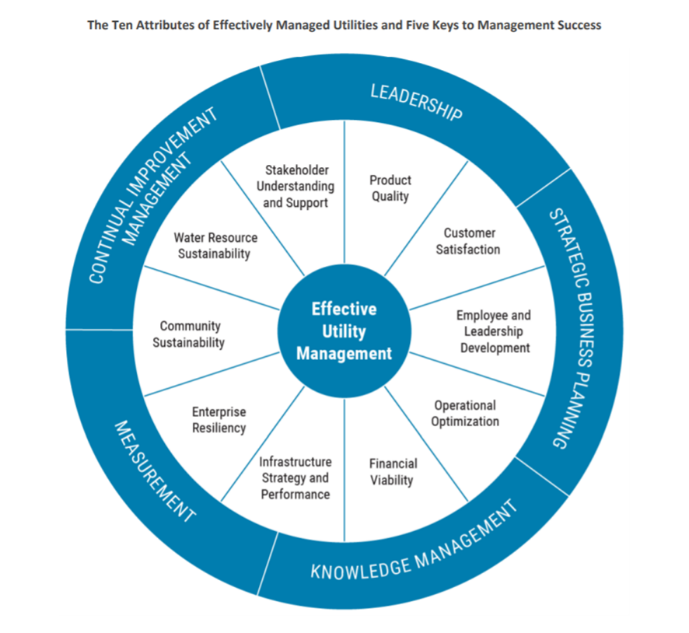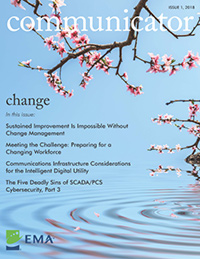North American utilities face a significant workforce transition and change is happening quickly. Baby boomers are retiring and taking years of knowledge with them, while succeeding generations are considerably smaller and are attracted to different types of career opportunities. New generations of leaders and workers bring different expectations and values to the workplace, and new technologies are changing how utilities do their work. All the while, competition for good employees is fierce.
This forces utility leaders to confront several emerging challenges. These include:
· Creation of new roles to address new business models, data-driven decision-making, innovation capacity, and interactive customer service models
· Recruitment and retention strategies and processes
· Capturing and deploying institutional knowledge from retiring to new workers
· Information-based decision-making that leverages investments in new technology to aid new workers
· Tuning business practices and the size of the workforce to reflect new tools and modern work practices
· Leadership characteristics and strategies that adapt to the changing workforce
In 2007, a consortium of utility agencies launched a collaborative effort to create the EUM (Effective Utility Management) model. It was designed to advance effective management practices and promote excellence in management practices.

EUM Utility Leadership Group, 2017
The model includes two key groups of factors. The first are the “Ten Attributes of Effectively Managed Water Sector Utilities” (Attributes) that capture a concise list of where effectively managed utilities focus and what they strive to achieve in:
· Operations and Maintenance
· CIP
· Policy and Rates
· Water Quality
· Environmental Impact
· Internal and External Stakeholders
· Workforce
In addition to the Attributes, the EUM also highlights five “Keys to Management Success” in the “rim” of the model:
· Leadership – new ways of thinking about and managing the business
· Strategic Business Planning – what is needed for the future and “what-if?” scenarios
· Knowledge Management – ability to capture and visualize institutional information for decision support and training
· Measurement – design dashboards and establish baselines
· Continual Improvement Management – through measurement toolsets, trendlines, best practices, and KPIs
As a result, the EUM model illuminates the key elements of effective leadership to adapt to the changing workforce:
· Leaders must become agile to address both the core mission and required innovation to implement initiatives in resilience, private-sector type customer experience, and entrepreneurship
· Utilities must continue to implement Intelligent Water Systems (IWS), Internet of Things (IoT), mobile technology and Artificial Intelligence (AI) to capture institutional knowledge and excite younger and more sophisticated workers. Then leaders must recruit and hire digitally savvy workers with the right technical skills and provide them with digital tools like SCADA, GIS, and IWS that are not broadly found in the private sector.
· Leaders must look to and implement new delivery and collaboration models to fill the gaps
· Leaders must encourage measured risk and fight complacency to foster an environment of innovation
Successfully implementing the EUM model allows utility leaders to create value for workers and other stakeholders by adopting private sector efficiencies and customer experience practices. Developing and articulating programs on climate change, resiliency, resource recovery, infrastructure investment, and public health provide value to the community.
Today’s utility leaders want to build a more dynamic and attractive workplace. By implementing EUM Attributes and Keys, adaptive leaders can effectively address emerging challenges and nimbly adapt to the new workforce environment.

